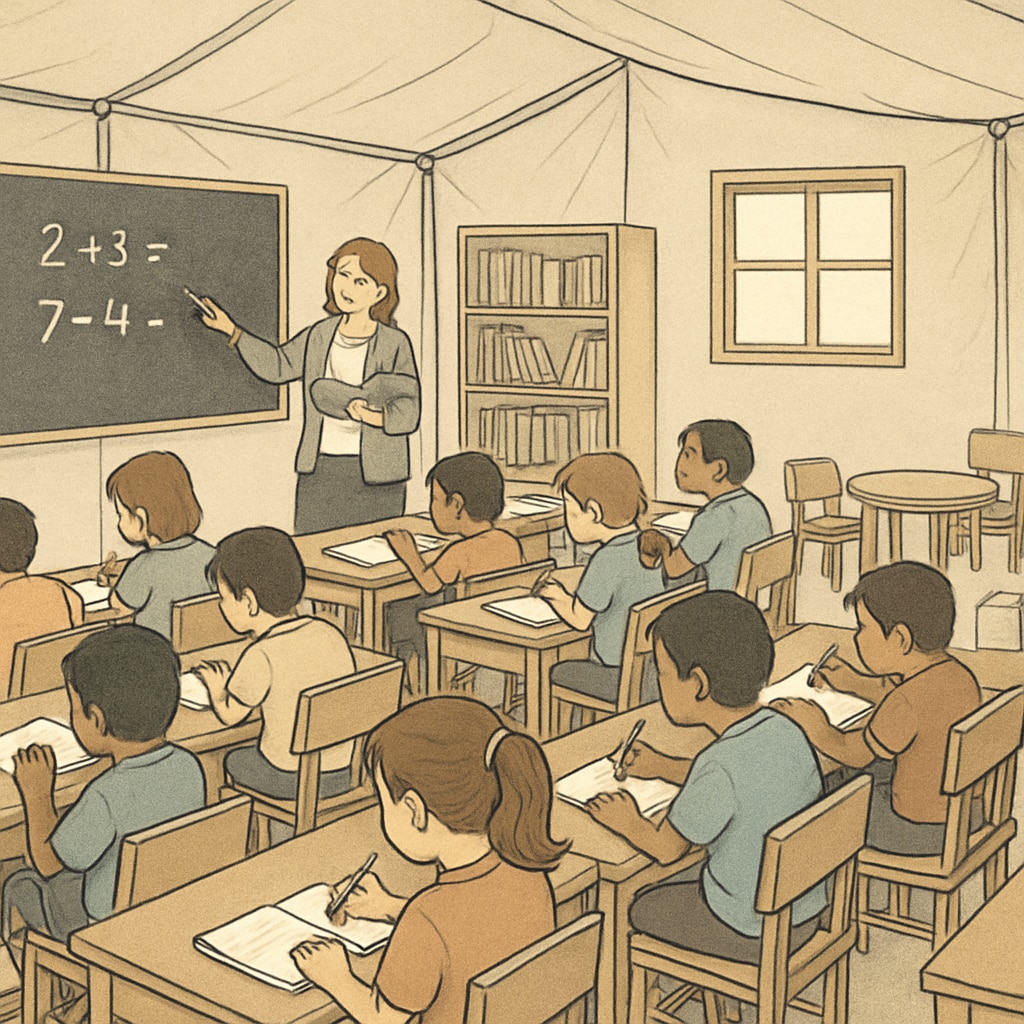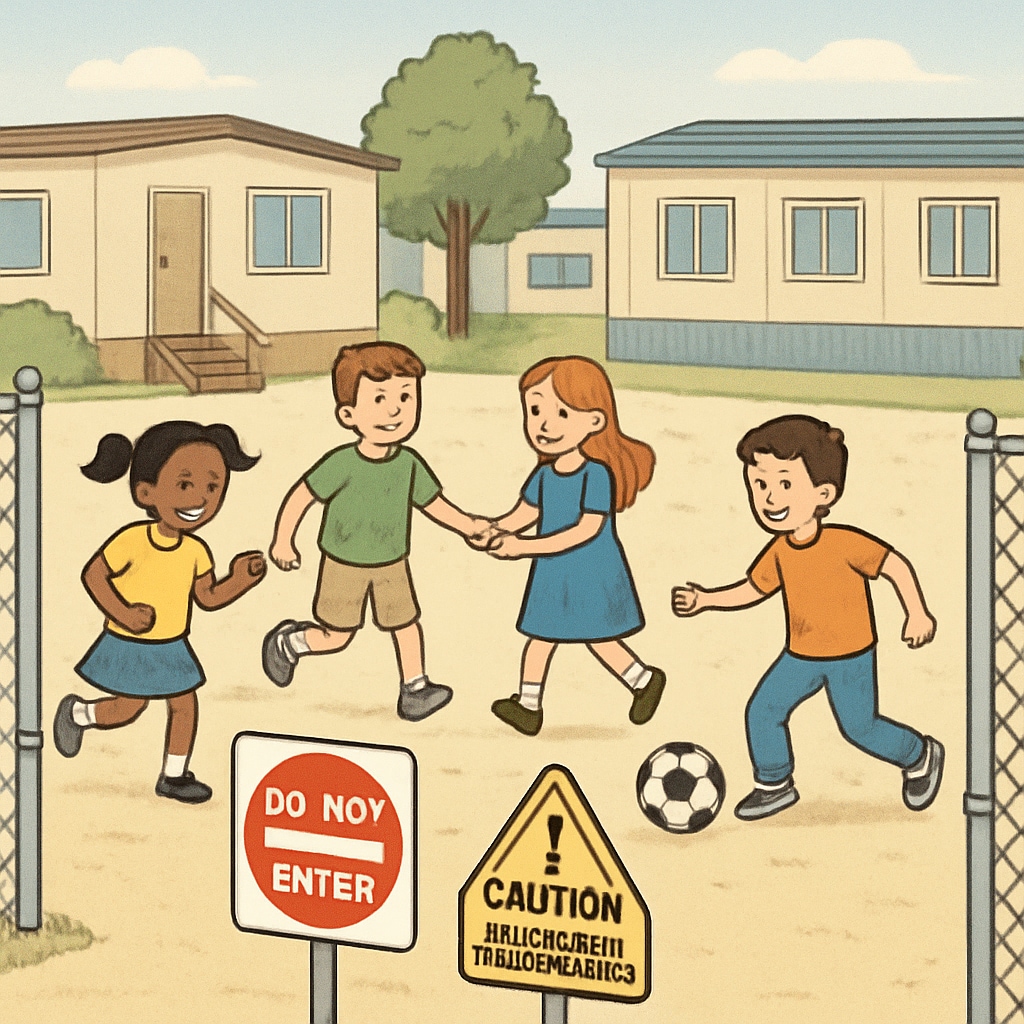Temporary school relocation during renovations introduces significant changes to the physical, social, and emotional environment of young learners. From reduced play facilities to limited parental involvement, these transitions can pose challenges to maintaining a balanced and high-quality educational experience for children. This article explores how these environmental shifts impact young learners and offers constructive strategies to address these challenges effectively.
How Physical Changes Affect Children’s Learning Environment
One of the most noticeable impacts of temporary school relocation is the change in physical infrastructure. Schools undergoing renovations often move to smaller or less equipped premises, which may lack adequate play facilities, spacious classrooms, or specialized learning areas. For example, spaces designed for physical education or creative arts might be limited, leaving children without essential outlets for physical activity and creative expression.
Moreover, confined spaces can lead to overcrowded classrooms, making it harder for teachers to manage students effectively and for children to concentrate on their tasks. According to Britannica’s insights on education, an optimal learning environment includes both physical comfort and access to diverse resources, which can be disrupted during temporary relocations.

Impact on Social and Emotional Well-Being
Temporary relocations also influence the social dynamics of young learners. Familiar routines and spaces in their original school often contribute to a sense of safety and belonging. When these are disrupted, children may feel unsettled or anxious, which can affect their emotional well-being and ability to adapt.
Additionally, the reduction in play facilities can hinder opportunities for peer interactions. Playtime is a vital aspect of social development in children, helping them learn cooperation, conflict resolution, and teamwork. Without adequate recreational spaces, children might struggle to build and maintain these social skills.
Parents also play a key role in supporting their children during such transitions. However, temporary relocations might restrict parental involvement, especially if the new location is farther from home or lacks infrastructure for parent-teacher engagement. This reduced interaction can leave children feeling isolated or unsupported in navigating these changes.

Strategies to Maintain Quality Education Amid Change
While temporary relocations come with challenges, schools can adopt strategies to mitigate their impact and ensure children continue to thrive:
- Enhancing communication: Schools should actively engage with parents, informing them about changes and encouraging their involvement in their child’s education, even if physical visits are limited.
- Optimizing available space: Temporary premises should be arranged to maximize functionality, including creating multipurpose areas for both learning and recreation.
- Facilitating emotional support: Teachers and counselors can provide structured programs to help children adapt to the new environment and address any anxieties they may experience.
- Integrating outdoor learning: If indoor spaces are limited, outdoor learning activities can be incorporated to give children a sense of freedom and exploration.
For example, schools can collaborate with local organizations to access community resources that support extracurricular activities, thus alleviating the limitations imposed by temporary relocation. As highlighted by Wikipedia’s overview on child development, a focus on holistic education strategies can help mitigate the effects of environmental disruptions.
Conclusion: Turning Challenges into Opportunities
Temporary school relocations present unique challenges but also opportunities to rethink and innovate educational practices. By addressing physical constraints, supporting emotional well-being, and fostering collaborative relationships with parents, schools can maintain the integrity of their educational mission despite changes. While the short-term impact may be daunting, these efforts can help children build resilience and adaptability—skills that serve them well beyond the classroom.
Ultimately, the key lies in proactive planning, open communication, and a commitment to the holistic development of young learners. Temporary relocations, when managed thoughtfully, can become a stepping stone toward enriching the overall campus experience for students, parents, and educators alike.


